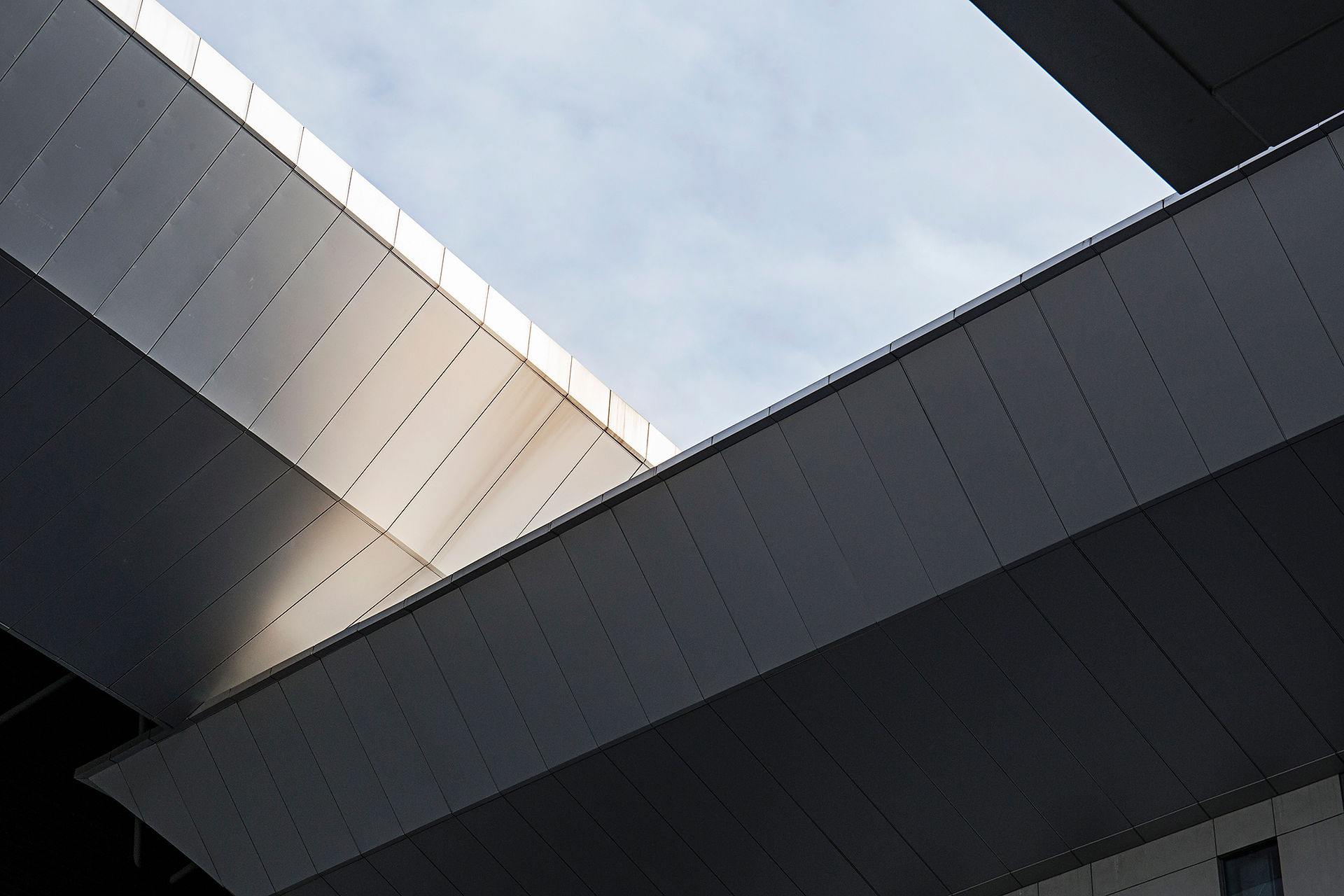When Clients Ask: "What If You're Wrong About Climate Change?"
- bryan koehn
- Apr 7
- 3 min read
Updated: Sep 21

A fair question. Let’s explore it together.
At regenr8 studio, we approach sustainability not as an ideological stance, but as a practical, forward-thinking design strategy. Clients sometimes ask: “What if climate change is a natural occurrence, cyclical and not as big of a problem as people say? And, what if sustainable measures aren’t necessary?” Instead of debating, we focus on the benefits of healthy, resilient, self-sufficient homes—whether climate risks materialize as predicted, better design always leads to better living.
A Win-Win Approach to Design
Regardless of where you stand on climate change, designing for resilience and efficiency is simply smart. Consider two scenarios:
If climate change is real and we act, we create homes that are healthier, more resilient, and regenerative—saving homeowners money and future-proofing their investments. More importantly, we address critical environmental challenges while ensuring a better future for generations to come.
If climate change isn’t as severe as predicted but we still design sustainably, we still end up with homes that lower to zero energy costs, require less maintenance, and provide superior comfort and security.
When we design for a future where buildings are net-zero, regenerative, and in harmony with their environment, the worst-case scenario is that we create homes that are healthier, more resilient, and more efficient. But if we ignore these principles and the risks of climate change are real, we leave behind a legacy that is costly, and unsustainable. The choice is clear...the risk lies only in inaction.

Addressing Common Client Concerns
“Is sustainable design more expensive?”
While some elements may have upfront costs, long-term savings on energy, maintenance, and insurance can make them more affordable over time.
Smart passive design reduces heating and cooling needs without requiring expensive technology.
Reducing waste through design strategies is sustainable and cost effective.
“Will sustainability limit my design choices?”
Not at all. In fact, it often sparks more innovative, personal solutions. Regenerative homes can be stunning, modern, and deeply connected to their surroundings.
“What if the market doesn’t value sustainability?”
The market is shifting. Buyers are prioritizing energy efficiency, durability, and low-maintenance living. Sustainable homes hold their value and often appreciate faster.
“How does resilience affect my investment?”
Resilient homes, designed to withstand extreme weather and energy disruptions, may qualify for lower home insurance rates. A self-sufficient home is not only safer but can also reduce financial risk over time.
Homes That Work WITH You
At regenr8 studio, we believe a home should work with you, not against you. Too often, homeowners find themselves burdened with high energy bills, constant upkeep, and vulnerability to rising costs. Our approach flips the script:
Resilience: Homes designed to adapt to climate shifts, power outages, and supply disruptions.
Well-Being: Healthier materials, superior air quality, and naturally comfortable spaces.
Self-Sufficiency: Energy-efficient systems and on-site renewable energy reduce dependence on external utilities.
Lower Costs: Reduced energy bills, less maintenance, and potential insurance savings.
We believe sustainable design isn’t a limitation—it’s an inspiration. We create homes that aren’t just efficient; they’re beautiful, innovative, and regenerative. The best architecture solves today’s challenges while inspiring tomorrow’s possibilities.

Our Approach: Sustainability as the Standard
We don’t treat sustainability as an “extra”—it’s the foundation of great design. The best homes of the future won’t be wasteful or inefficient. Instead, they will:
Generate their own energy
Minimize environmental impact
Provide superior comfort and durability
Work with homeowners to reduce effort and expense
At regenr8 studio, we create homes that are beautiful, intelligent, and future-ready, ensuring that sustainable design isn’t just responsible—it’s inspiring.






Comments